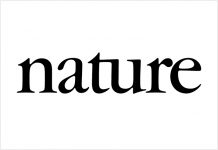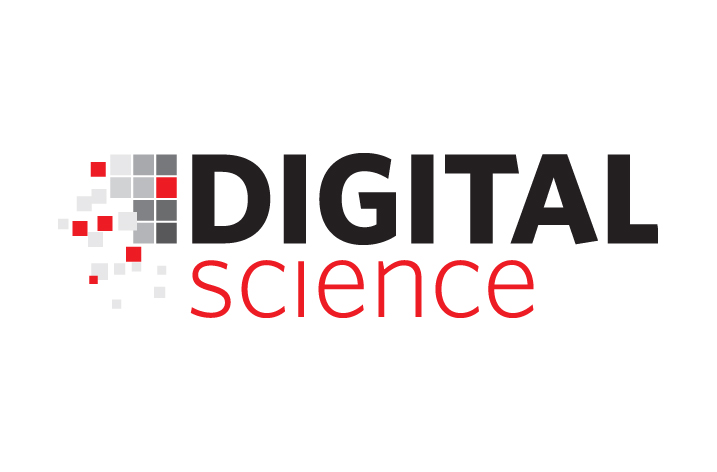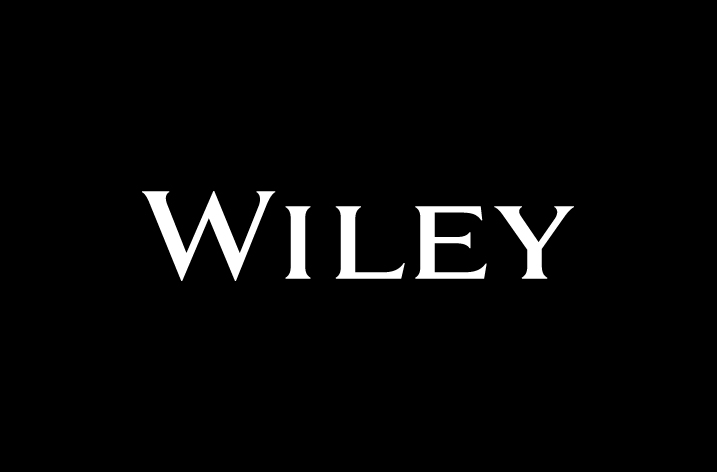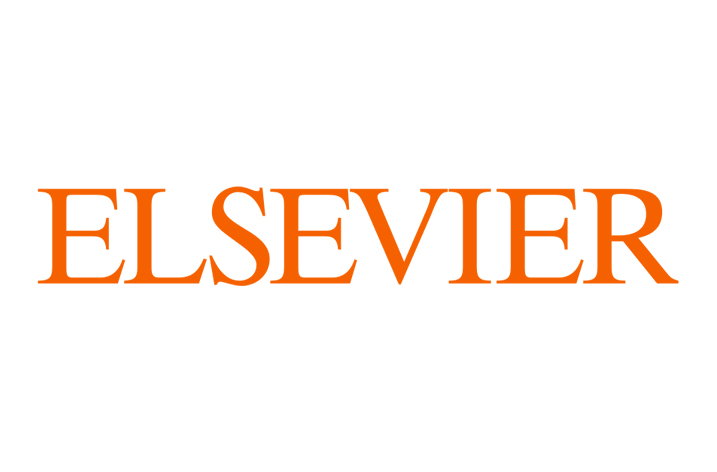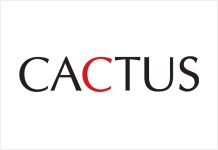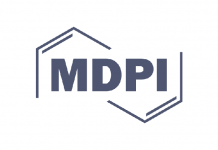
The European Physical Society (EPS) has warned that a major open-access initiative in Europe could cause “irrecoverable damage” if it is implemented too quickly. In a statement, the EPS says that while it welcomes the proposal – known as Plan S — as a “medium to long-term vision”, its proponents must get more support by engaging further with the scientific community.
Plan S is an ambitious attempt to make research papers open access immediately after they are published. It was unveiled in September 2018 by 11 national research funding organizations — dubbed cOAlition S – that include UK Research and Innovation and the French National Research Agency. The group says that all scientific publications resulting from research funded by public grants provided by “national and European research councils and funding bodies” must be published in “compliant” open-access journals or on open-access platforms from 1 January 2020.
If implemented, the agreement means that authors funded by these agencies would not be allowed to publish in so-called “hybrid” journals, with funders being able to sanction researchers who are not compliant with the rules. Hybrid journals are publications that remain subscription based but give authors the choice to make their papers open access for a fee, known as an article-processing charge.
Reaching a tipping point
While the EPS states that it supports open science and that the physics community has often pioneered its implementation, it argues that several governing principles for Plan S are not “conducive” to a transition to open access. Notably, the EPS says that a forced transition in such a short period of time could “undermine the economic viability of many journals”, which would cause “irrecoverable damage to established, well-functioning networks of editors and referees”. The society adds that publication in open-access repositories can only “complement, not replace” publication in peer-reviewed outlets.
The EPS also warns that non-European authors may not have access to the same level of open-access funding as in Europe and that such a plan can “only succeed” when it is coordinated globally. A solely Euro-centric implementation, the society says, risks “accentuat[ing] knowledge divides, both inside Europe and between north and south”. In addition, the EPS is concerned that Plan S limits researchers’ freedom to choose where to publish, which could be a problem as academic recruitment and career advancement are still based on publication metrics and journal prestige.READ MORE
The reality of open access
Some of the EPS’s views are also shared by the Institute of Physics (IOP), which publishes Physics World. In a statement released today, the IOP calls on cOAlition S to extend the timeline for transition to fully open access and to continue to support the hybrid model until a “natural tipping point” has been reached. “As more funders and countries support open access, so a larger proportion of articles in IOPP’s journals will be published on an open access basis and they will be in a position to convert,” the IOP says. The statement also underlines the importance of income from publishing for learned societies, such as the IOP.
Springer Nature – the largest publisher of open-access papers – also says cOAlition S should rethink its opposition to hybrid journals. In a statement released earlier this week, it advises the group to carry out research to demonstrate the benefits of open access so that more funders and scientists support it. The company also calls for “highly selective journals and those with significant levels of non-primary research content need” to be treated differently.
The statements from the publishers follow an open letter published in November 2018 by over 1700 scientists that called Plan S a “serious violation of academic freedom”. They noted that while Plan S was written with good intentions, the ban on hybrid journals would cause a “big problem” and that the initiative also threatens to split the global scientific community into two separate systems.


